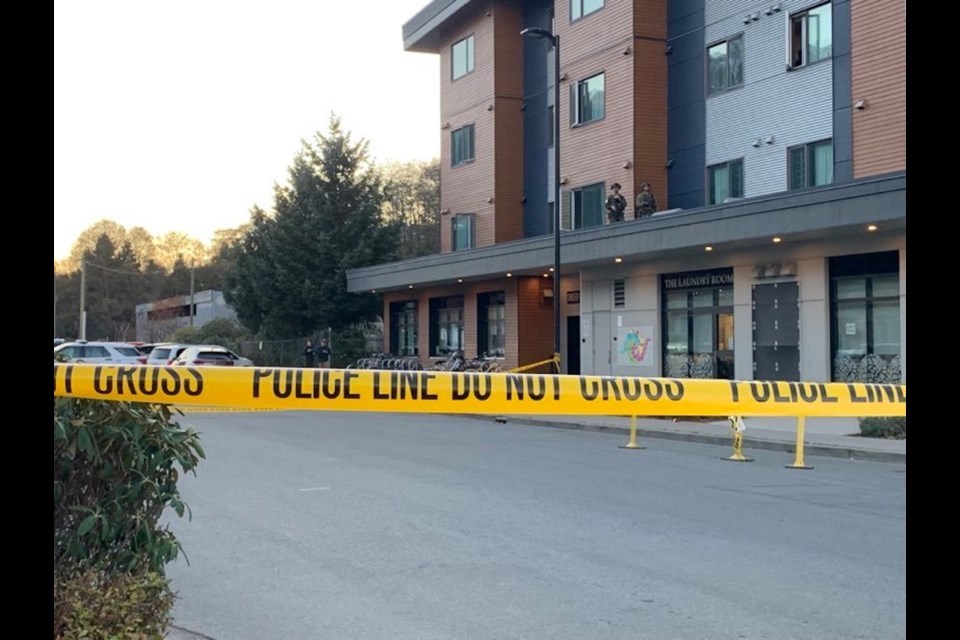I am writing to express why I find the way the story of this individual’s death is told in your article “A ‘beautiful soul’ has died: ôÕÑ¿èÓ¿ºýºHelping Hands” [first published online Nov. 18] abhorrent and how it symbolizes a larger issue around the harm in spreading incomplete narratives.
I became aware of the incident at ôÕÑ¿èÓ¿ºýºHelping Hands (SHH) when a friend asked me what had happened there on Friday. I hadn’t heard anything. They told me the SWAT team [ERT: Emergency Response Team] had been involved. The next day, I saw your article circulating on Facebook.
Before I continue, I want to proclaim that the anger I feel is not to be diverged or misinterpreted as anger towards SHH’s frontline and outreach workers. I empathize with this group after they had to watch this event unfold on Nov. 18.
Whilst reading your article, I also sympathized with people who access services at SHH, imagining how it would feel to see the police held in such regard after their unsuccessful response to the distress of another community member.
The main point I want to vocalize here is my disappointment in how the police response is depicted in your article.
As it states, there were at least eight unmarked police cars at SHH and a “strong police presence,” including “at least two law enforcement officials in tactical gear.” You also provide an excerpt from the SHH statement that asserts: “There were no others involved or at risk during the episode…” I query how the emergency service providers thought showing up in such volume and with such intensity would de-escalate the experience this individual, barricaded in their room, was having?
How was it expected to encourage them to step out? Within the “several hours” of not accomplishing de-escalation, was trying different approaches, such as calling the local mental health team, considered?
Was support provided in a way that was self-determined by the individual at the centre of the event? These questions are not answered in your article, and I, as a reader, fail to see how approaching a mental health crisis the way it was approached on Nov. 18 is an “attentive and caring response.”
The questions I plead you and other readers to ask are: 1) Whose story is told here? 2) How is it told? 3) Whose story is missing? And, subsequently, 4) How does this impact our perception of what occurred?
We don’t get to hear how the individual who died on Nov. 18 experienced this event, but it is our responsibility to try and understand it as best as we can and to do this out of integrity for them and to stop more preventable deaths from recurring.
The longer we continue to tell incomplete stories of events such as this, the longer we let them prevail. If there is no accountability for how mental health crises are poorly handled and how these approaches do not reduce harm but, instead, imperil those they say they protect, similar events and deaths will persist.
As a news outlet, it is your responsibility to tell stories as accurately as you can. I do not have to have been present at the scene to know that you have not done this story justice. I hope you consider mitigating that by publishing this and prompting your readers to think critically about how the stories of people who are rendered vulnerable by structural discrimination and stigmatization are told: especially when they are unable to tell them themselves.
Opportunities to do better should not — and cannot — be dismissed.
Charlotte Futcher
Victoria
Editor’s note: Our reporters continue to follow up on this story.
ããÑá





